HIStalk Interviews John Howerter, SVP, Levi, Ray & Shoup
John Howerter is senior vice president of Levi, Ray & Shoup of Springfield, IL.
Give me some brief background about yourself and about the company.
I’ve been with LRS for 20 years. I have been involved mostly in the software side of the LRS business.
Before coming here, I was with IBM. I started as a technical guy and then got into sales, then back into systems engineering management and sales management. I left IBM in 1992 and wanted to stay in the central part of Illinois. I really wasn’t interested in moving around the world, so I came to work for Levi, Ray & Shoup, a privately-owned software company, in July of 1992. I saw it was a good place for me to learn some things.
The company is owned by Dick Levi. We continue to stay focused in this niche. It’s been a crazy ride for 20 years, but a lot of fun.
It doesn’t seem that people think of hardcopy printing as mission critical. Do you think that’s the case?
I’d say certainly printing is the last thing that people think about. The fundamental issues about what people think about printing now versus what they thought about it 20 years ago has not changed much. When I came to LRS 20 years ago, before accepting a job here, I asked Dick Levi — who was going to be my ultimate boss — what his biggest concern was at that time. It was that the mainframes would go away. Certainly the role of the mainframe has changed, but people’s attention to the issues surrounding print management haven’t changed at all. People never think about it.
Since I’ve been here, we continually get phone calls and talk to people who say,”I’m going to print less.” They’ll implement the system without regard for even thinking about the printing infrastructure. Then they run into problems. That’s when we get involved.
Hard copy has never been sexy or at the front of a business process, but in many industries — and particularly in the healthcare industry — things that get printed continue to have an impact on successful and smooth operations.
In healthcare, the end result of the workflow is often a label, wristband, or report. Until you get that, you haven’t accomplished much. Do prospects understand that?
I guess it depends who you ask. [laughs] I think the people doing the work clearly understand that. Our customers have told us that vendors today and over the last 20 years have said, “We’re not going to print any more.” What? You’ve got to put labels on prescription bottles, samples, blood, and patients. People never think about printing until it stops.
It almost seems that companies trying to sell managed print services took away the impact. Paper and toner is so cheap that it was tough, at least in my hospital, to make a business case for consolidating and centralizing printing.
Certainly people are printing more today than they used to. There are more opportunities to print. People print from Web pages. People today print all kinds of things that they probably shouldn’t be printing in their daily jobs.
We think about printing in a couple of different ways. We think about printing that is a part of the workflow of any line of business application. Then we think about printing that occurs in the Windows office environment.
I think there’s a continued push for people to move towards managed print services. Certainly the printer vendors are all trying to add value to differentiate their commodity products in some way. Money can be saved in printing, but the things that you try to do in managing and controlling the costs of printing in an office environment are very different than the things that you need to do to control and manage the printing that occurs in a business workflow environment.
Application software printing usually involves an uneasy technical handoff to the underlying operating system, putting the customer in the middle where it’s hard to say for sure that something that was supposed to print really did at the place they expected. The end result can be a workflow nightmare. What’s the value of putting your solution between the vendor software and the operating system?
Seventy percent of our sales in North America in the last couple of years have been in the healthcare market. The reason for that is exactly on the point that you just mentioned. The value that we provide is that we are a reliable place where your output is. Output is either in our print spool or it has printed. There’s no in-between.
We provide end-to-end visibility. If the Epic system has created the output, we have it or it’s been printed. When somebody walks through a printer and looks for their output and says, “Wow, it’s not here,” with our tools, we can tell you where it is. We can instantly re-route it to another device where you’re standing and we can manage all that. Our value add, quite simply, is we give you end-to-end visibility. Without a subsystem to ensure delivery, it gets lost in the middle, and that happens far too often.
I’ve seen first-hand where patient care was compromised because of delays caused by missing printed documents, often because the print spool service was hung up on the server or a printer was stuck in an error state that nobody knew about. Do people tell you those stories?
That’s exactly what happens. A lot of people cannot foresee that. The technical people foresee it. The people who are buying applications like Epic, Millennium, or Soarian want to believe that those problems are resolved by the application vendors. They’ve got bigger problems. That’s what we hear about constantly.
We commissioned IDC to do a study for us two years ago. Our biggest challenge is convincing people buying and implementing these large line-of-business applications that printing is going to cause enough of a problem for them that it’s worth investing in solving those problems. IDC concluded that after talking to 10 of our customers and analyzing their environments before and after our solution, there is about $51,000 per year per 100 printers managed in savings for customers who have selected our system. About half of that savings comes from improving the productivity of the people in IT who track down printing problems.
Of that half, 60 percent comes from eliminating the tasks required to track down failed print problems. That doesn’t mean the server is down. That might mean the printer is turned off. That might mean there’s no paper in the tray. That might mean the application has sent it, but for some reason, there was a network problem. The hassles and the time that people spend tracking print that didn’t show up where it was supposed to show up –that is the lion’s share of the value that we provide to people.
It’s always frustrating when tracking down printer problems that you can see documents waiting to print, but Windows doesn’t let you see their contents. You can’t tell what’s in the documents the user didn’t receive and you can’t route them to another printer.
That’s real. Here’s what happens. IT organizations deal with that. Those problems are being solved by people. They’re being solved the hard way.
I can talk to a CIO in a healthcare organization and say, “How much time do you spend with this?” They say, “Well, I don’t know. I don’t hear that this is a problem.” You don’t hear it because your organization has solved that problem, but they’re solving it in a very inefficient way. They’re solving it with people.
You’re right. You can’t reroute a job out of a Windows queue. You can’t reprioritize it. You can’t reformat it. You can’t instantly say, “Oh, I see. It’s here. Let me print it on this device over here.”
It was a nice luxury on mainframes and midranges to be able to view the contents of waiting spool files, make a copy, or move them around. Windows doesn’t seem very enterprise strength in that regard.
That’s exactly what we do. As I mentioned, this company started in 1979. Our owner wrote a program to allow access to IBM’s mainframe spool called the JES Spool and route that output to a network-addressable device. We utilized the IBM JES Spool as our spool mechanism, but we took the output from an interface of that spool and allowed people to manipulate it, to translate it from IBM data string formats so it could print on an HP LaserJet, for example.
That’s our heritage. We focus on the enterprise. We are bringing that kind of reliability and manageability to distributed environments. That’s what our primary business is today – giving that kind of flexibility to manage the things in the spool and deliver them. If you don’t do that, you’re flying blind. You have no visibility from the application all the way down to the output device. It’s more complicated than it used to be because everybody does things their own way.
You seem to work a lot with Epic shops.
I talk to people a lot about whether or not they should consider investing. We have a lot of very large and very successful Epic customers. We fulfill that value proposition for Epic customers as we do some of the others. We have worked with Epic to help us get metadata about output. For example, for every piece of output that we print, you can know the Epic user who initiated the output. We have worked with them to enable our software to get data so we can account for who printed it, where it was printed, and where it came from.
Our Epic customers fall into two categories. They’ve bought Epic, and on the front end of that implementation, recognize that they need a more robust management system for output to avoid inhibiting the workflow. Compared to an investment in Epic, an investment in our software is fairly insignificant. Many of our Epic customers start on the front end and say, “We want to do this right. We want this implementation to go well.”
There’s another category of customers who have been implementing Epic for a few years and had been struggling with the problems that you mentioned — I can’t find my output, it was supposed print and it’s not there, why is it not formatted correctly, who knows what. After a couple of years in an organization that has any scale to it, physicians and caregivers have raised the level of noise in the IT organization so that it’s a problem that needs to be dealt with.
I’m not sure that there’s anything specific about Epic that is different than the others. It’s just that people are not willing to let an Epic implementation suffer, I suppose, at least from my perspective. In lot of cases, we are dealing with enlightened IT people who want to avoid the risk of not providing a stable, hassle-free environment, so we take that pain away. A lot of people don’t realize they’re going to have it until they get into it.
Have you seen any impact from the changing HIPAA requirements and HITECH?
Certainly. We are an infrastructure vendor. We talk a lot about HIPAA. When you say HIPAA to me, it makes me immediately think of securing data and controlling where output can go and accounting for where output can go. Certainly that is in our sweet spot.
We intend to be the single output server for all output in a large organization. We can efficiently route that. That means we can officially keep track of who did what. HIPAA, Sarbanes-Oxley in other industries, and all these regulatory environments that cause people to want to know who did what so they can audit it certainly have been helpful to us.
How do you see the business changing?
We work with all the printer vendors. We are working with a lot of these folks in terms of trying to ensure that when print vendors are engaged in managed print services projects, we’re working together with them to try to create the best possible environment for the customer and allow a customer to buy our software in the way that fits their budgeting and their management systems.
We’re certainly dealing with mobile devices, where our tools allow you to manage output and see output queues, for example, from any smartphone. You can manage print queues, see what’s going on from a mobile device.
We have enabled and provided downtime reporting tools. We allow you to electronically store and view output in a very simple way, interface or output management systems. We’ve provided in Epic environments some very usable and affordable downtime reporting technologies. We’re trying to figure out how the tablets and the iPads integrate into this. We’re working very hard to support virtual desktop environments.
This is all we focus on. We’ve been successful in this niche because this niche that we’re in isn’t big enough for the big guys. The application vendors have more to worry about than just printing. Many times they think you just create a PDF file and you’re good to go. We’re focused on integrating mobile technologies. We’re focused on making sure that we can support all the devices that are there. We’ve always been on the leading edge of supporting all the devices that exist because our large customer base contains lots of different devices.
In terms of development, it has to do with creating an enterprise output management system that serves the needs of a line-of-business applications like Epic and Soarian and Millennium and anything else that’s out there, balancing that with enabling use for office printing technologies. We’re eliminating hundreds and hundreds of Windows print servers. We are enabling pull printing technologies where that makes sense.
We’re trying to just continue to focus on this niche and all that’s there because that’s what we know. We’ve got a very loyal customer base and a reputation that allows us to compete in these kinds of opportunities.


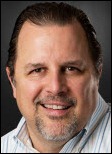
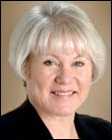

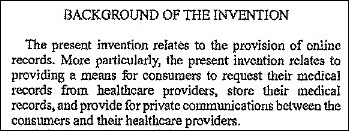

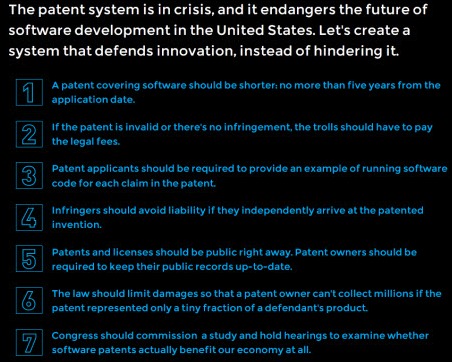
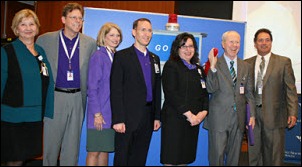
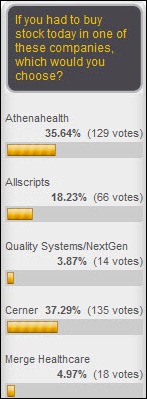






















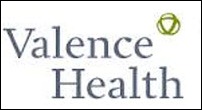




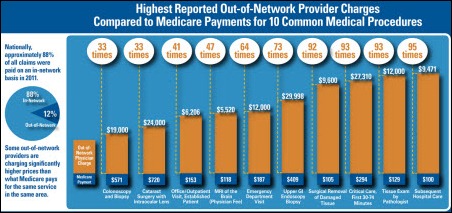
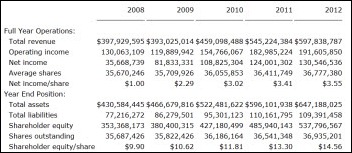
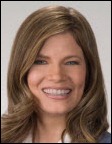


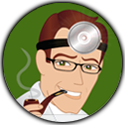




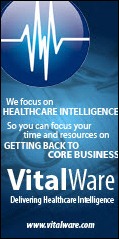
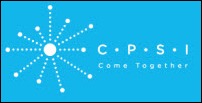



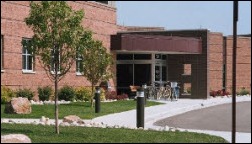









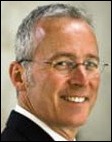

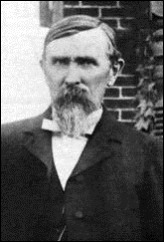













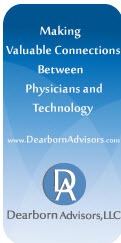









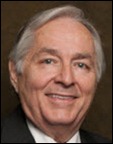

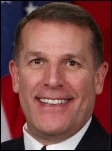


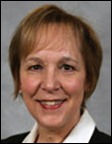





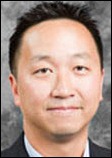
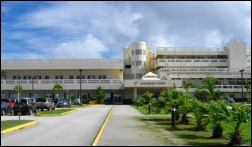


Traditionally Professional Courtesy is something that physicians gave each other - but we had to be careful with it when…